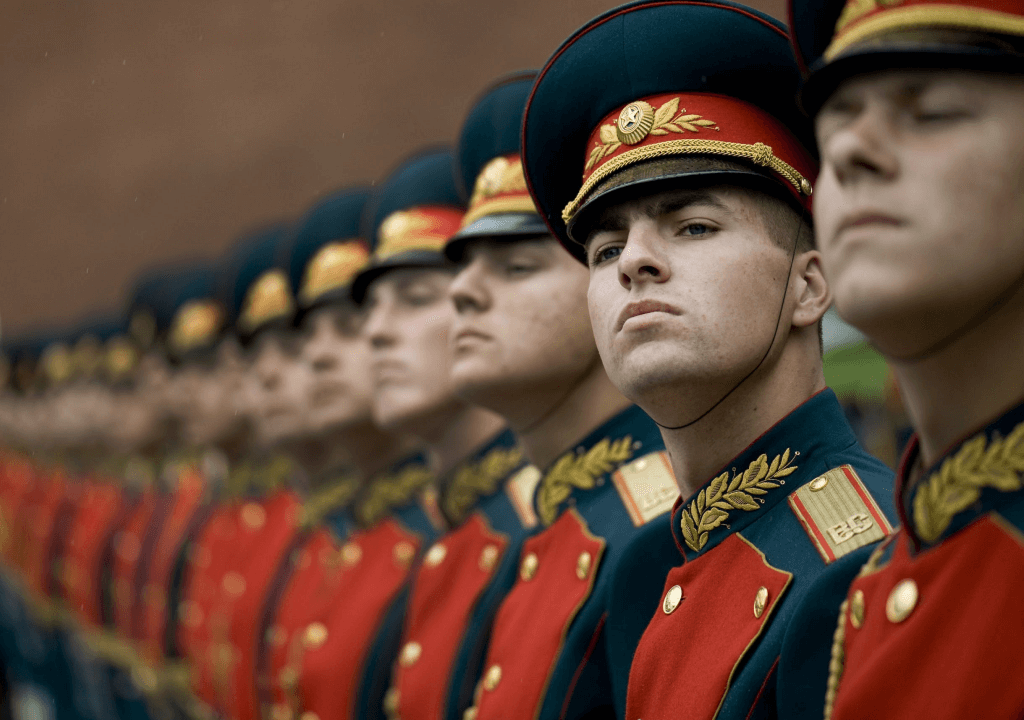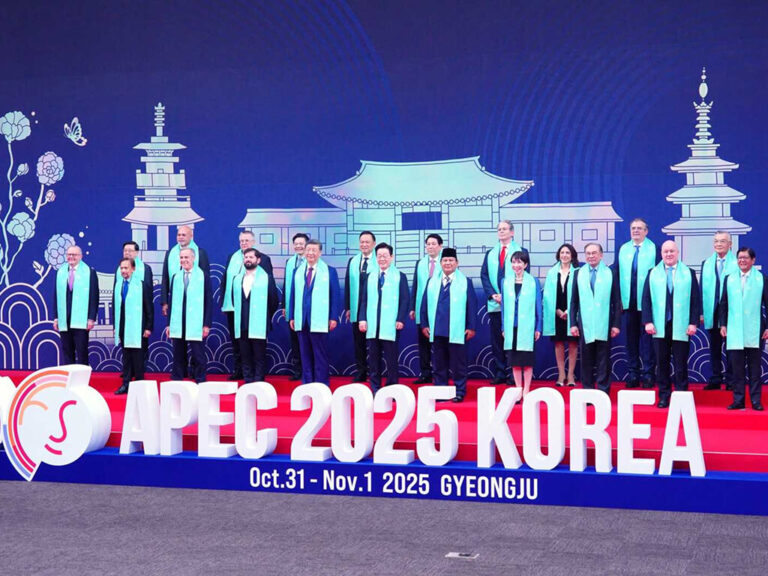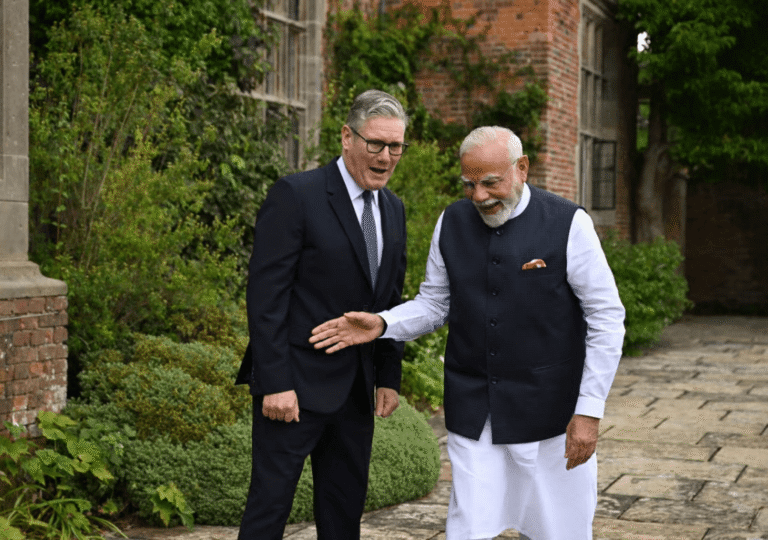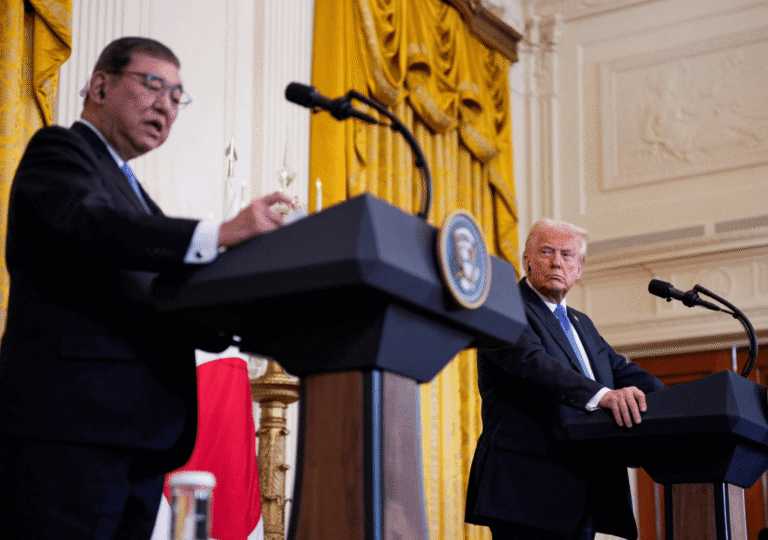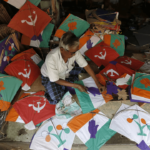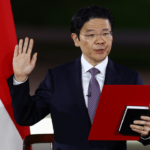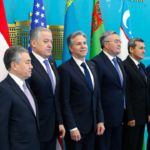Throughout history, language has consistently proven to be a crucial instrument in the delicate process of shaping national identities. The Russian language, in particular, stands out as one of the Soviet Union’s most powerful tools, adeptly molding diverse ethnic groups into a cohesive whole and forging a robust national identity. This linguistic force played a pivotal role in facilitating the dissemination of ideas, fostering the development of unions, and acting as a conduit for news to permeate society. Over time, it evolved into a unifying force, seamlessly binding together the disparate regions under Soviet rule.
The Russian language has had a lasting impact on the global landscape even after the Soviet Union disintegrated. Despite changes in political landscapes, Russia, which is currently the successor to a “Russosphere,” observes the enduring effect of its language history. Russian continues to be the most widely spoken language in several republics, including the current Russian Federation, Belarus, Kazakhstan, Kyrgyzstan, and Tajikistan.
As Russia, under Putin’s leadership, pursues ambitions of imperial resurgence through conflicts with Georgia and Ukraine, a counter-trend is quietly emerging in some nations seeking to rebuild their national identity by distancing themselves from the Russian language. Nowhere is this more apparent than in Central Asia.
Originating in Eastern Europe, a movement has gained traction, aiming to dismantle Russian influence and foster distinct identities, particularly notable in the Baltic countries. Estonia, Lithuania, and Latvia, motivated by a yearning to reclaim their cultural heritage, strategically pivoted towards their ethnic languages—Estonian, Lithuanian, and Latvian. Simultaneously, English emerged as a Lingua Franca, supplanting Russian, enabling national radios, television, and cultural programs to successfully resonate with both domestic and international audiences. These Baltic nations adeptly navigated the transition, reclaiming their identities during the shift from the Soviet Union to Putin’s Russia.
However, the pace and assertiveness in this linguistic and cultural transition varied across different Eastern European countries. Ukraine, Belarus, Moldova, and Georgia were comparatively slow and less assertive, leading to a different outcome. These nations continued to embrace Russian programs and news, and paid a price for not fostering a distinct cultural identity. Ukraine, in particular, faced internal divisions, as the lack of assertive Ukrainian language contributed to a large population of Russian influenced people..
Georgia lost territories, while Moldova too grappled with internal divisions. Belarus, facing a crisis of identity, is now closely aligned with Russia. The contrast in outcomes highlights the crucial role of linguistic and cultural choices in shaping a nation’s destiny, as Eastern European countries navigate the complex interplay between identity, politics, and external influences.
Central Asia also embarked on a journey of self-discovery, slowly and amicably fostering their language and identity. However, the pace and approach differ markedly, as Central Asian nations lack the robust support enjoyed by their Eastern European counterparts from Europe and the United States. With a continued reliance on Russia for resources, financial support, and tourism, their journey has been shaped by a different set of challenges.
While still dependent on Russia for essentials like gas and financial aid, the region is increasingly becoming a multi-player on the global stage. With a myriad of options, including support from Turkey, Qatar, Iran, India, China, and even Eastern Europe itself, Central Asian nations are strategically positioning themselves to diversify their alliances and reduce dependence on any single power.
This shift opens avenues for Central Asia to make bold and swift moves in establishing and strengthening their languages and cultural identities. The geopolitical realignment not only offers opportunities but also poses challenges as these nations navigate a delicate balance between maintaining historical ties and forging new partnerships in their quest for identity.
As the largest country in Central Asia, Kazakhstan grapples with intricate language dynamics, notably the coexistence of Russian and Kazakh. While Russian is not designated as a state language, Article 7 of Kazakhstan’s Constitution accords it equal status with Kazakh in state and local administration, despite Russian being the more commonly spoken language. The 2009 census sheds light on the linguistic landscape, revealing that a significant 84.8% of the population aged 15 and above in Kazakhstan can proficiently read, write, and understand Russian.
However, recent developments indicate a deliberate push towards elevating the use of the Kazakh language over Russian. In October 2023, Kazakhstan introduced a media law aimed at increasing the prominence of Kazakh. The law mandates a gradual rise in the share of the state language on television and radio, moving from 50% to 70% at a 5% annual increment, beginning in 2025.
The matter of language in Kazakhstan stands as one of the most contentious issues today, marked by periodic language-related scandals. Language has evolved into a significant aspect of political rhetoric, particularly for politicians espousing a national-patriotic agenda. Arguments advocating for the strengthening of Kazakh’s position are gaining momentum, showcasing the complex interplay between linguistic identity, political discourse, and societal tensions in the country.
Kyrgyzstan navigates a nuanced linguistic landscape, as Russian holds co-official status per Article 5 of the Constitution. According to the 2009 census, 8.99% of the population, approximately 482,200 individuals, speak Russian as a native language. Moreover, a significant 49.6% of Kyrgyzstan’s population aged 15 and above, or 1,854,700 residents, fluently speak Russian as a second language.
At the close of 2023, Kyrgyzstan implemented a law on the state language, compelling civil servants, MPs, teachers, and healthcare workers to communicate in Kyrgyz. However, this move has sparked controversy, with Russian officials and propaganda outlets criticizing it as “undemocratic” and oppressive to the Russian language. Despite objections, language tests over three years reveal gaps in officials’ Kyrgyz proficiency, highlighting the need for improvement.
The head of the National Commission for the State Language and Language Policy, Kanybek Osmonaliyev, is an advocate for allowing officials time to improve their Kyrgyz language proficiency. The new law stipulates that noncompliance with linguistic proficiency requirements will result in instant termination. Around 4.4 million people in Kyrgyzstan speak Kyrgyz, according to the census taken in 2022, and there is a rising desire among them to learn the language.
In Tajikistan, Russian serves as the language of inter-ethnic communication, permitted in official documentation under the country’s constitution. Despite being spoken by 28% of the population in 2006, and with 7% using it as their primary language in various settings, Russian remains integral in government and business. In Tajikistan, proficiency in Russian is often seen as essential for career success, granting access to modern literature and technology. While English holds promise, learning Russian is more affordable, and many families anticipate their children studying at Russian universities or working in Russia. However, Tajik language courses are scarce and expensive, with limited availability after school. The teaching system primarily focuses on literary Tajik, differing significantly from the modern spoken language.
Contrastingly, in Turkmenistan, Russian lost its status as the official lingua franca in 1996. Approximately 12% of the population, those who grew up in the Soviet era, can speak Russian. Primary and secondary education in Russian is minimal for subsequent generations. Turkmen state press and the newspaper Neytralny Turkmenistan continue to publish material in Russian, and there are schools like the Joint Turkmen-Russian Secondary School. The country has made strides in revitalizing the national language, with only 18% of residents proficient in Russian in 2020. A radical language policy, notably the shift from Cyrillic to the Latin script, led to a significant outflow of ethnic Russians and Russian-speaking populations. The reform also impacted education, eliminating Russian-language schools and university curricula despite the declared policy of trilingual education (Turkmen, Russian, English).These linguistic landscapes underscore the delicate balance between cultural preservation, economic considerations, and the evolving educational paradigms in Tajikistan and Turkmenistan.
Russian is the official language of documentation, the lingua franca and language of the elite in Uzbekistan, and it plays an important role in interethnic communication. An estimate from the World Factbook that is not current states that 14.2% of people speak Russian. Russian is nevertheless widely used even though it is not an official language, especially in big cities, business, and science. Its persistence in society is partly due to the belief that education in Russian is better than in Uzbek.
Uzbekistan, among Central Asian countries planning to transition from the Cyrillic to the Latin alphabet since 1993, has faced multiple delays in implementing the change, with the latest deadline set for 2023. While some school textbooks have been published in the Latin alphabet, the shift has resulted in a nuance: young people not proficient in the Cyrillic version of Uzbek find themselves disconnected from the world’s literary heritage, as limited fiction, including classical works by Uzbek authors, has been adapted into Latin.
The Russosphere stands at a crossroads, its existence intricately tied to the Russian language. Contrary to the belief that language merely spreads culture, it wields power. Former Soviet nations, once deeply connected to Russia, are now charting their own paths, fostering distinct identities and pivoting from Russian towards English. These countries aspire to align with prosperous Western standards, a departure that is transforming the geopolitical landscape. The Russosphere, once synonymous with Russian dominance, is undergoing a deterioration, signaling a new chapter in the histories of these nations.

